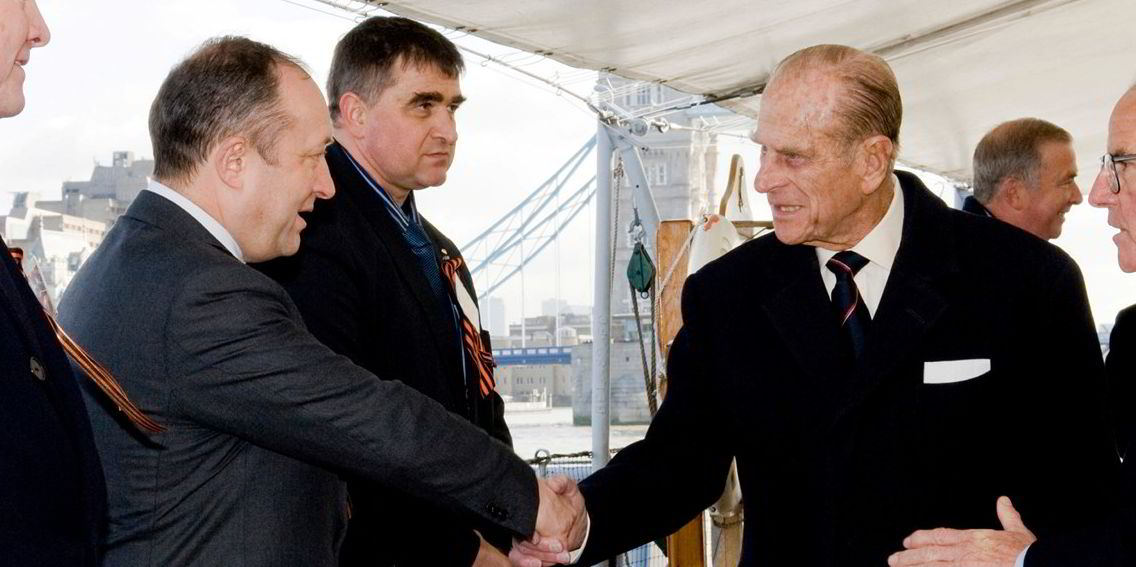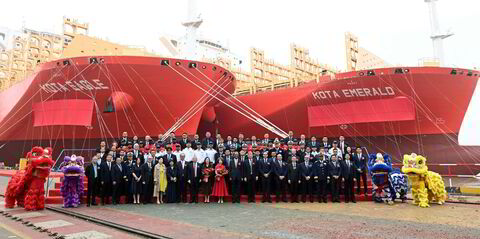Is the venerable Ince shipping law firm a casualty of modern financial markets? Or is it the victim of its own prowess as a litigator, which made it dependent on revenues from huge cases such as Sovcomflot (SCF Group) — and vulnerable to the revenue gaps after such cases are over?
Many of those who have commented on or off the record on the Ince Group’s ongoing financial and regulatory collapse have focused on the past five years, the period since stock-listed law firm Gordon Dadds absorbed the storied law firm formerly known as Ince & Co.
And to be sure, that tumultuous period since the 2018 transaction offers a rich supply of narrative elements, including sackings, departures en masse, a stinging ransomware attack, complaints of a poor fit between the firms, accusations of mismanagement and general dissatisfaction with the model of running a law firm for the benefit of public investors.
But the focus on the foundering London-listed concern is too narrow, according to former partners who have spoken off the record.
Some complain that the crises of recent years are the inevitable outcome of trying to apply a certain corporate growth model where it does not fit. Shipping litigation is litigator-intensive. It does not scale. Efforts to apply the Ince recipe in an industrial kitchen had been spoiling the cake, well before the merger.
But, according to others, the drive to grow too big was more or less inescapable, as Ince tried to meet the challenges of today’s legal landscape — not least that of acquiring and retaining prime legal talent both at home and around the world.
Some former Ince “lifers”, who released themselves well before serving out that term, point fingers at a series of cases of the 2000s and 2010s that generated high revenues and all came to an end within the space of a few months, leaving Ince over-extended in the midst of an expensive drive to expand into new global markets.
Those cases included a decade of high-profile litigation for Sovcomflot starting in 2006, and also the long-fought unsafe-ports case of the 175,000-dwt Ocean Victory (built 2005).
The Ocean Longevity-owned capesize grounded in a storm at the Japanese port of Kashima in October 2006 and broke up. But it lived on in litigation — also for a decade — with Ince billing insurer Gard.
At the time the revenues from these cases ended, some competitors among the top London shipping law firms had already succeeded in diversifying much better than Ince did, both into other non-shipping client segments and also from litigation into the transactional and financial shipping business, where revenues are steadier.
Was it the big-case focus that forced Ince to grow and diversify too fast and too late?
“We had numerous discussions among our peer group, variously reported in the press, some accurately and some not,” said Jan Heuvels, the former senior partner who led Ince from 2015 to 2018 and quit that position ahead of the merger with Gordon Dadds. Heuvels is now with Ancon Blue Law, the former Ince Germany.
Heuvels believes there was little choice but to grow, given the necessity of competing with the big London and US firms to attract new talent in the form of lateral hires.
Expanding into corporate and banking practices was also needed to balance Ince’s heavy weighting towards litigation.

Ince as a litigator was exposed to a low-volume, high-value caseload, the reverse of commercially focused firms with a list of clients to keep them on steady retainers.
But Heuvels views it as incorrect to say that the closing of cases such as Sovcomflot put Ince in a tailspin.
“That would need to be put into context,” he told TradeWinds. “Ince was traditionally, principally, a litigation firm and consequently faced significant fluctuations from year to year. As a litigation firm, it was always susceptible to having a stellar year followed by a more average year.”
But some of his former colleagues insist that when the big cases wound down, Ince faced a funding crisis that made merger tie-ups not just attractive but urgent. That was the time when stories circulated of Ince courting almost all of its major rivals in turn, including Stephenson Harwood, HFW and Watson Farley & Williams.
When nobody wanted to dance, Ince found a partner from outside shipping — the freshly stock-listed Gordon Dadds — and the rest is history.



